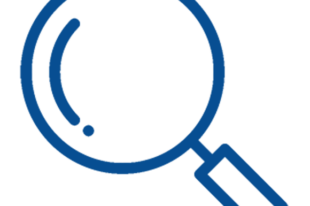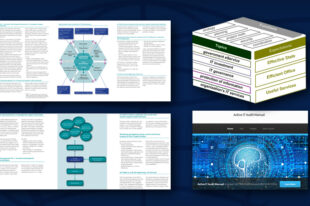Resilience in the Face of Adversity: The General Audit Chamber’s Journey to Technological Fortitude
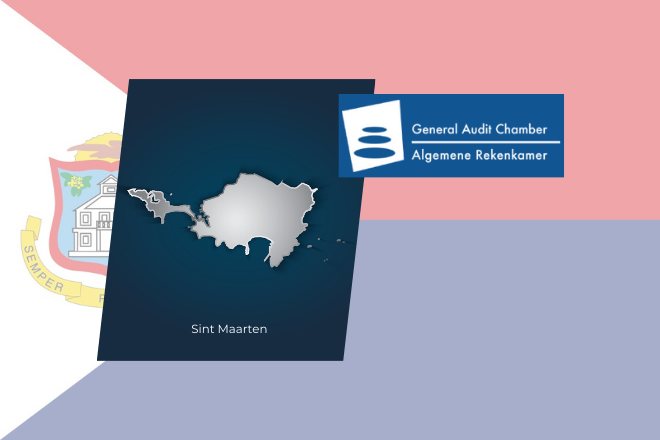
By: Keith de Jong and Joane Dovale-Meit
In September 2017, the Caribbean Island of St. Maarten experienced a catastrophic natural disaster as Hurricane Irma made landfall. The aftermath saw the island’s infrastructure significantly damaged or destroyed. Except for the military, communication, such as the Internet and mobile networks, were available intermittently, leading to sporadic contact with external entities. Efforts were quickly made to evacuate tourists and other visitors from the island while coordinating the arrival of humanitarian aid to provide shelter, food, and support to the impacted residents.

But a physical location has never defined St. Maarten’s Supreme Audit Institution. Our offices lay in ruin, and our team was displaced, but audit operations continued mostly unaffected. How did we manage this? To answer that question, we need to go back to October 2010.
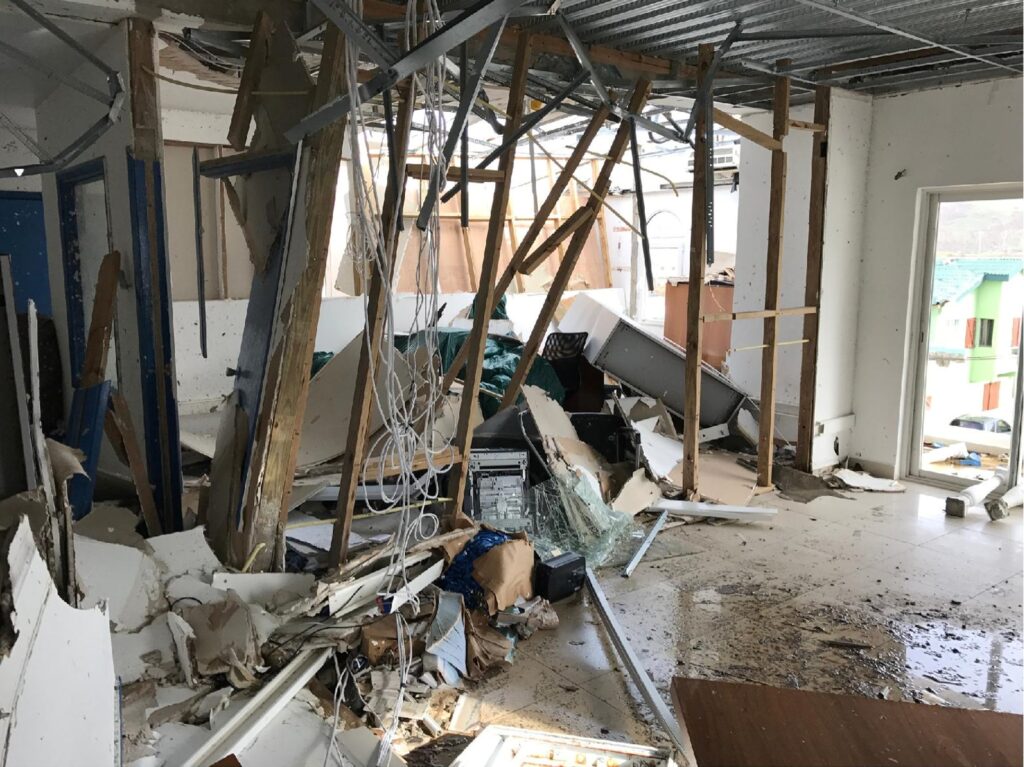
At that time, the General Audit Chamber was established as part of the constitutional reform within the Kingdom of the Netherlands. St. Maarten became an autonomous country within the Kingdom. With a population of approximately 40.000 people, the island encompasses 16 square miles, and shares its borders with French Saint Martin. The General Audit Chamber is a young and proud institution. Like other SAIs worldwide, the General Audit Chamber ensures that taxpayer money is used transparently, effectively, and legally.
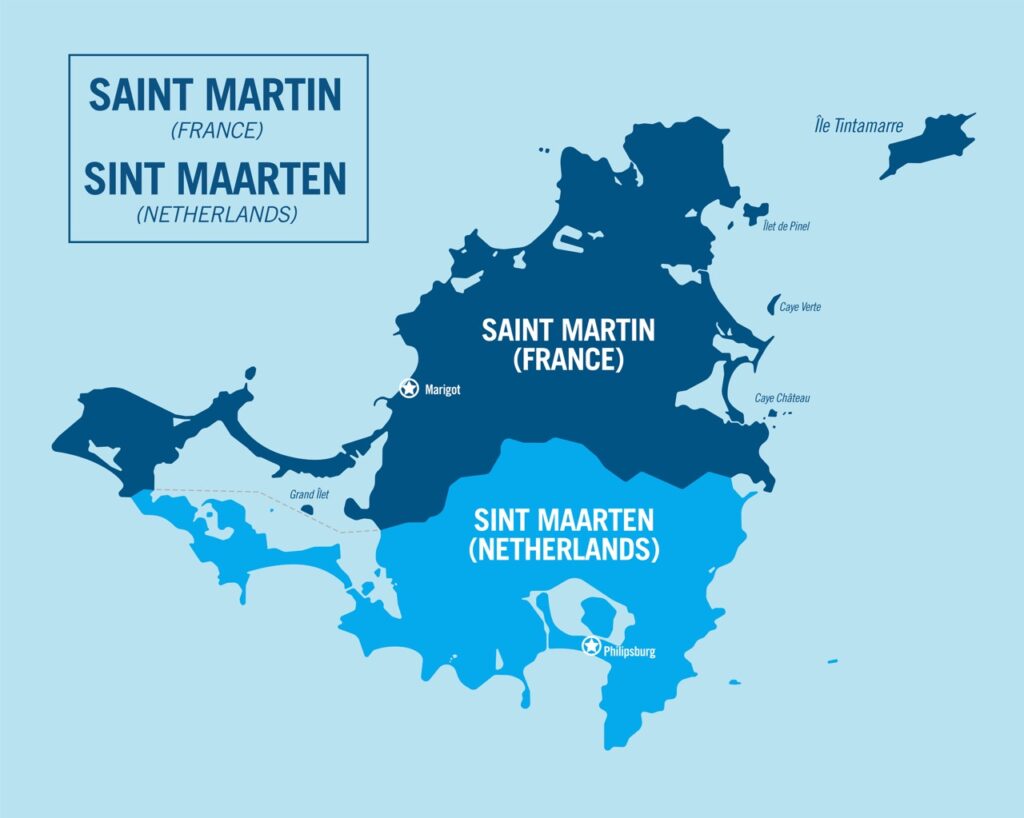
Like many other small island states, St. Maarten is on the frontline of climate change. The region has witnessed a marked increase in the frequency and severity of hurricanes over the past few decades. According to the Intergovernmental Panel on Climate Change (IPCC), the number of category 4 and 5 hurricanes in the Atlantic has increased significantly, posing a direct threat to the Caribbean islands. Data from the National Oceanic and Atmospheric Administration (NOAA) shows a clear trend in the rise of sea surface temperatures, a key factor contributing to the intensification of hurricanes.

We embraced emerging technologies such as cloud computing and collaborative software platforms. While these tools enhance efficiency and interconnectivity, this strategic decision fortified the institution against inevitable disaster. From the start, the board and management understood that in the domain of public audit, the responsibility for resources and the maintenance of public trust requires a commitment to, and the integration of technological innovation. It was, therefore, logical to choose a deliberate application of cutting-edge technologies that enabled the institution to respond to changes and unexpected challenges. Moreover, the small scale of the institution allows an operational nimbleness that often eludes larger counterparts.

During a period when cloud computing was emerging, especially for smaller nations like St. Maarten, the General Audit Chamber embraced the technology. By integrating a cloud infrastructure, the institution enhanced the security and resilience of its data management and achieved cost savings. This strategic move minimized the risk of data loss from physical damage and ensured continuous access to essential audit resources, eliminating the need for substantial physical hardware investment.
In addition, the Chamber introduced a SharePoint-based platform called the Office Productivity Information Management (OPIM) system. This system was custom-built to enhance document management and promote team collaboration. It supported uninterrupted operations and remote work, allowing the institution to effectively carry out its audit duties. The functionality of OPIM is now surpassed by off-the-shelf applications such as Office 365 or Google Workspace, reducing the need to invest in customized platforms.
Our cloud-based system demonstrated remarkable agility and adaptability throughout the challenging times of the COVID-19 pandemic. We were able to carry out our audit activities seamlessly and without any interruption, ensuring that public expenditures were thoroughly examined with precision and diligence. We attribute this success to cloud-based technology’s exceptional flexibility and dedication to transparency and accountability.

By adopting digital tools, we have created an opportunity to address another challenge faced by SAIs globally: enhancing audit impact and public engagement.
The public has a right to know how their tax money is spent. Considering that reports compete for attention in a media-saturated world, which message will likely secure the most public interest, a dense technical report, or a 15-second explainer video? In pursuit of public engagement, we launched an interactive online environment. Our digital tool allows anyone to participate from any location, by asking questions.
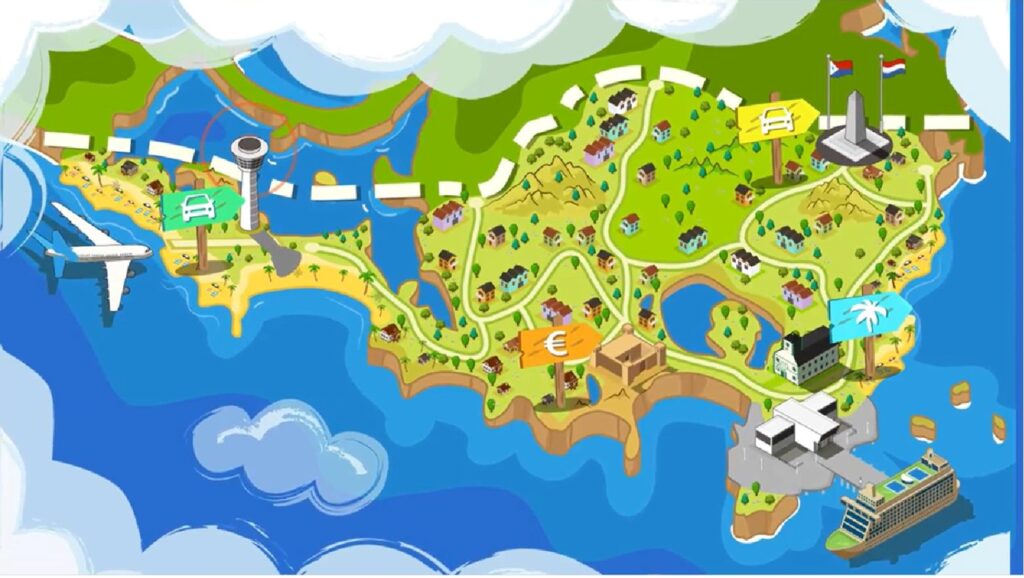
Our blueprint for climate resilience
Island states like St. Maarten should prepare for the predicted increase in the frequency and severity of hurricanes due to climate change; the need for informed and engaged citizens is more critical than ever. Hence, we adopted an iterative five-step cycle:

- Strategic assessment and planning: Begin the cycle with a comprehensive risk assessment and develop a resilience-focused digital strategy. This step sets the stage for informed decision-making and prioritization of initiatives.
- Technology integration: Transition to cloud-based infrastructure and select appropriate collaborative tools. Choose between custom solutions and off-the-shelf options based on current needs and future scalability.
- Operational resilience and training: Establish robust remote work and disaster recovery systems. Concurrently, invest in regular staff training to ensure everyone is proficient in new technologies and flexible working arrangements.
- Public engagement and transparency: Develop and launch interactive online platforms and diverse content strategies to engage the public effectively. This step is crucial for maintaining transparency and trust.
- Continuous improvement and adaptability: Monitor, evaluate, and solicit feedback on the effectiveness of implemented strategies. Learn from each iteration to make informed adjustments, ensuring the institution remains agile and responsive to new challenges.
To learn more about the General Audit Chamber and be inspired to build resilient public services to mitigate the effects of climate change, click here or visit our website https://arsxm.org/, or scroll through our Facebook, Instagram, or LinkedIn page (General Audit Chamber Sint Maarten).


